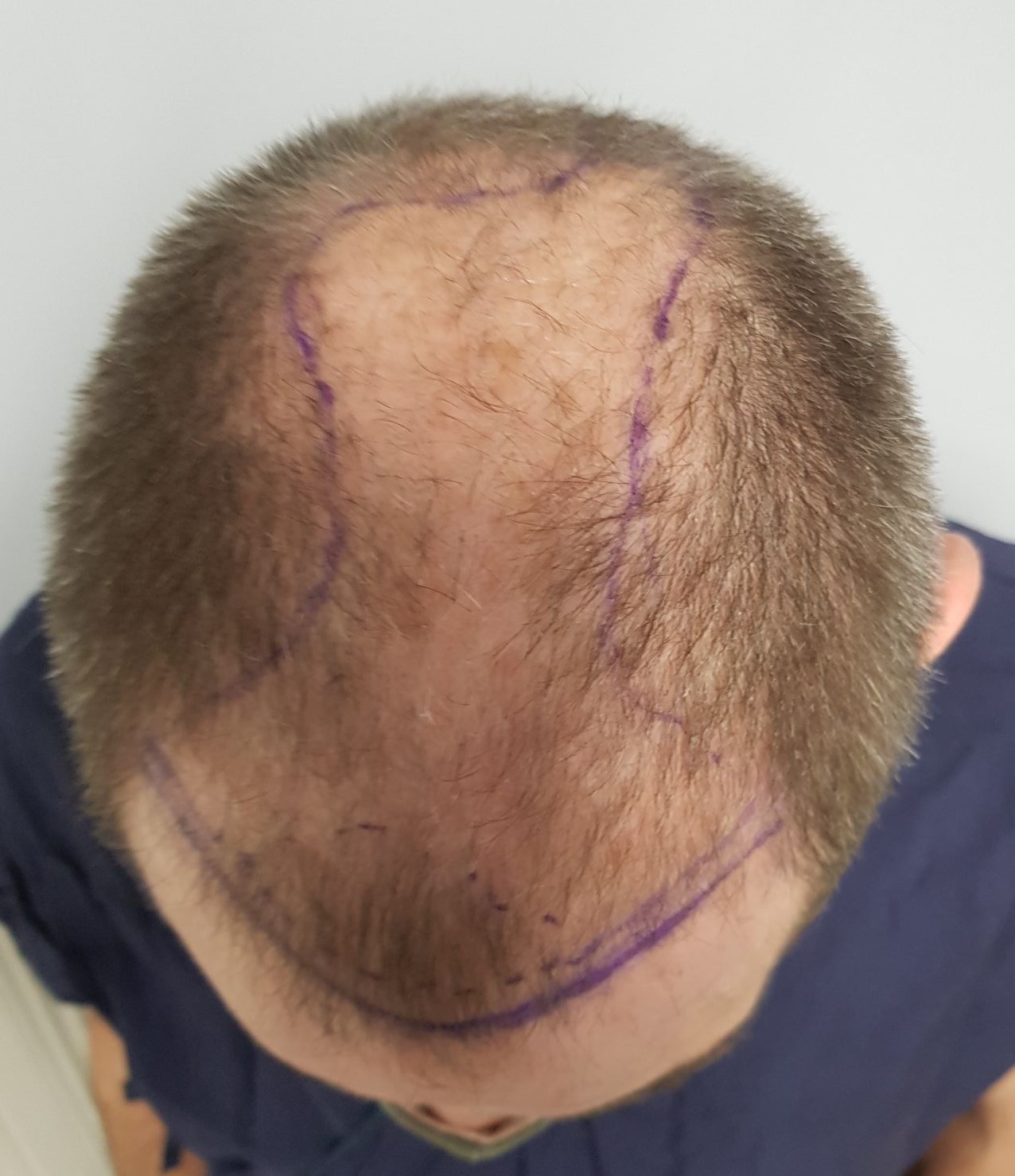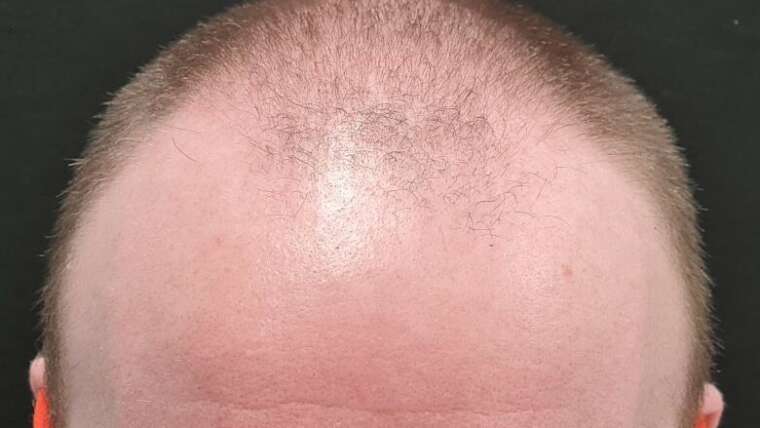Hair transplantation remains to date the only immediate solution to the problem of androgenetic alopecia/common baldness, which essentially helps maintaining the natural scalp image.
The FUE (follicular unit extraction) method is about the extraction of one by one skin micro-implants/grafts which contain a different number of hair follicles each and derive from the rear – occipital part of the scalp. These skin micro-grafts are then implanted also one by one in the area of the alopecia. The hair that grows from the transplanted hair follicles does not fall off within the frame of androgenetic alopecia. Implanted hair continues to have the normal hair life cycle of shed and regeneration, while of course it is vulnerable to any biological or psychological pathology of the patient.
The method is much more sophisticated than the old strip method, with much less discomfort for the person (both during and after the operation) and a much better natural result of the new hair growth.
It is done under local anesthesia and can usually be repeated up to at least three times lifetime. Recurrence depends on the age of onset of alopecia, the rate of its development, the condition of the hair and the health of the scalp, and of course on the patient’s personal expectations.
Hair restoration is applicable on other types of stable, localized alopecia on the scalp, both in women and men, such as post-traumatic or postoperative alopecia. It can also be applied on alopecia presented over natural hairy areas of the face (mustache, beard, sideburns) and of the body (like usually on the chest in men and on the pubic area in women).
Diagnosis of alopecia is considered mandatory not only for the planning of the hair restoration process but also for determining whether or not hair transplantation is indicated.
POINTS OF INTEREST
There are rules in the technique regarding both the extraction of the necessary hair follicles (in order to maintain a satisfactory density of residual hair in the occipital part of the scalp), as well as their placement in the alopecia area. The purpose of the surgical technique is to give a satisfactory new hair growth density and a natural image regarding the restored hairline and the implanted hair’s direction.
Special areas like the frontal hair line and the vortex require very detailed and meticulous hair restoration manipulations in order to achieve a natural looking hair image.
The hair restoration tactic is different for each and every patient and is determined by his age, the degree of his alopecia and its possible development over time and of course by his expectations. The tactic in patients over 40 y. o. who usually present stable alopecia pattern is different than the one in patients between 25 to 40 y.o. whose alopecia will keep developing over time.
Androgenetic alopecia is an evolving condition, and the younger a person starts with hair restoration procedures, the more likely he is to have similar surgery two or more times lifetime. Young patients must also follow conservative hair loss treatments in order to preserve the original hair for as long as possible and thus display a more satisfactory hair image in total.
The degree of satisfaction of the patient’s personal expectations is something that needs to be discussed at length in order to distinguish what is desirable from what is practically and medically achievable.



